March 2009
Kalanick and Camp established the black car ride service model, and later opened the way to Uber Cab service.
Welcome to the exciting world of ride-sharing!!!
Today every company leverages its taxi dispatch software to stay ahead of the game in the fast-paced ride-sharing world. And as we step into 2023, the landscape of transportation has shifted dramatically, with top taxi companies like Uber leading the charge. But what exactly is the driving force behind Uber’s success?
In this article, we’ll deeply dive into the secrets behind Uber business model and explore what the future holds. So let’s take a journey into the future of the ride-sharing industry!
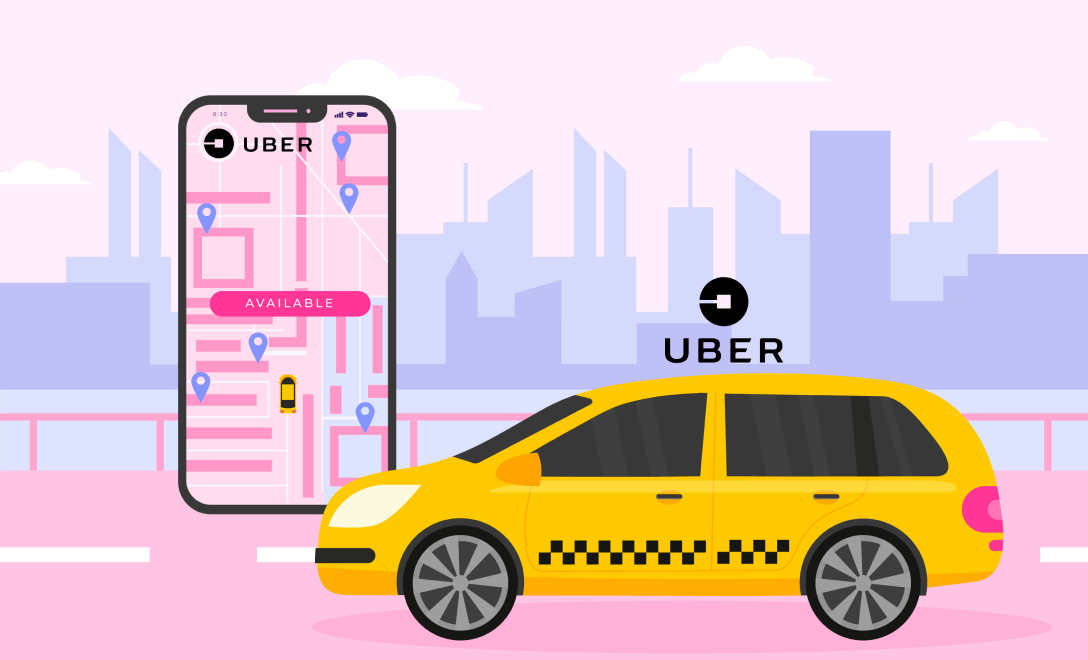
Uber was an idea of Garrett Camp and Travis Kalanick after struggling to hail a cab in a snowstorm during a tech conference in Paris. Camp and two friends developed a prototype app for a service that would be known as UberCab. The service was tested in New York in early 2010 using only three cars, and the official launch took place in San Francisco in May of that year.
The ease and simplicity of ordering a car fueled the app’s rising popularity. A ride could be ordered with a button, a GPS identified the location, and the cost was automatically charged to the user account’s card. The benefits of the San Francisco-based startup quickly rose to prominence and expanded rapidly.
Later, Uber launched a merchant delivery program for food deliveries called Uber Eats. It also offers a service called UberPool, which enables drivers to pick up multiple riders on one scheduled ride. This made it cheaper than UberX and Uber Black. Nonetheless, the pandemic caused it to suspend in many regions.
Uber has also introduced a ride-pooling service in Africa named Pool Chance. The service shares similarities with UberPool. However, it’s not exactly the same. In 2017, the company launched a co-branded rewards credit card in the United States in collaboration with Barclays.
Over the years, the company has adapted and expanded its business model to keep pace with changing market conditions and customer needs. Some Key elements in the evolution of Uber business model are its expansion into new markets, the establishment of new services (such as Uber Eats), and its partnership with various companies. Let’s look into the year by year events in Uber.
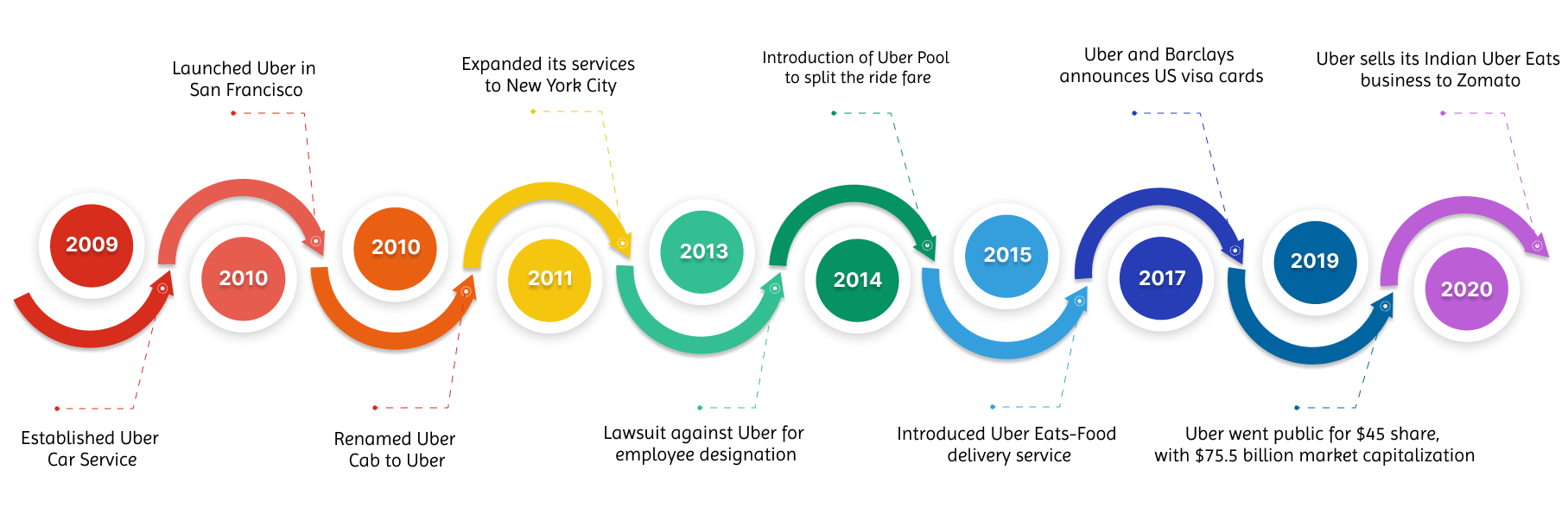
Uber has been in the taxi business for ten years. Here we can look into the Uber timeline underscoring Uber’s galloped achievements and showdowns.
Kalanick and Camp established the black car ride service model, and later opened the way to Uber Cab service.
In San Francisco, Uber was launched, and the service was linked with high-tech professionals and car owners.
The company was renamed from UberCab to Uber. Immediately after two months, Graves stepped down from the CEO position and was replaced by Kalanick.
The service was expanded to New York City and was highly competitive among the massive cab industries. After six months, it was able to launch in Paris.
The drivers of Uber joined up to initiate a lawsuit against Uber for employee designation rather than contract workers.
Uber Pool was introduced to have a ride-sharing model and to split the ride fare between multiple customers.
It introduced Uber Eats in a few cities like New York, Los Angeles, and Chicago and offered the food delivery experience of Uber.
Uber branded Visa Credit card announced for the United States in partnership with Barclays Which became open for application in November.
On the New York Stock Exchange, it went public at a share price of $45, and the market capitalization was around $75.5 billion.
Uber sells its India Uber Eats business to Zomato in exchange for a 9.99% stake in the Indian food delivery company.
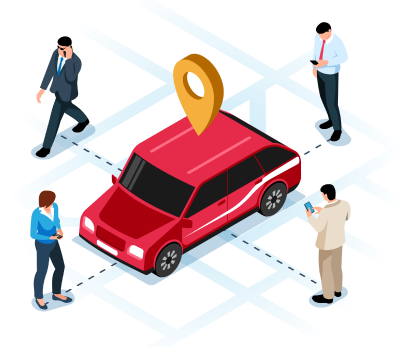
In the early days of ride-sharing, Uber disrupted the traditional taxi market with its simple yet effective app that connected drivers with riders. Over the years, the company has continuously adapted and expanded its business model to stay ahead of the competition and meet the changing needs of its customers.
Today, Uber generates revenue from multiple streams, including ride-sharing, delivery services, and partnerships. The company’s strong presence in the ride-sharing industry has inspired many imitators, but Uber remains a key player.
As we look towards the future of ride-sharing, it’s clear that the industry will continue to evolve and change. Uber’s business model will play a central role in shaping the industry’s future, and its ability to stay ahead of the curve will be critical to its continued success. In 2023, the future of Uber business model will be shaped by a range of factors, including technological advancements, changing customer needs, and government regulations.
During the pandemic, Uber business model underwent substantial changes in response to the unique challenges posed by the global health crisis. Today, Uber generates revenue from several different streams, including ride-sharing, delivery services, and various partnerships. The company has also established itself as a key player in the ride-sharing industry, with many imitators trying to replicate its success. However, competition remains intense, with new players entering the market and existing players constantly adapting their own business models.
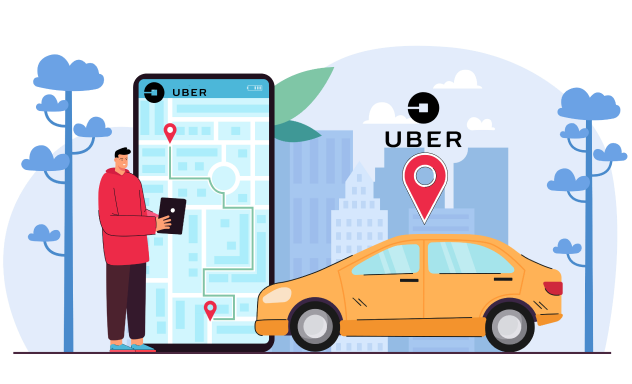
Looking ahead to 2023, it’s clear that Uber business model will continue to evolve and change. The company is likely to integrate emerging technologies such as autonomous vehicles, further expand into new markets, and respond to changes in customer needs and expectations. Additionally, Government regulations will also play a significant role in shaping the future of Uber business model and the ride-sharing industry as a whole.
As Uber business model continues to evolve, it will significantly impact the future of the ride-sharing industry. The competition will remain intense, and taxi companies must constantly adapt their own business models in response. Consumer behaviour will also continue to play a key role as riders demand more convenient, affordable, and environmentally-friendly options.
Uber revenue model is based on a simple yet effective concept – charging a service fee from drivers for every trip they make. This service fee varies from trip to trip and is calculated as the difference between the amount paid by riders and the amount earned by drivers after deducting tips, tolls, and fees.
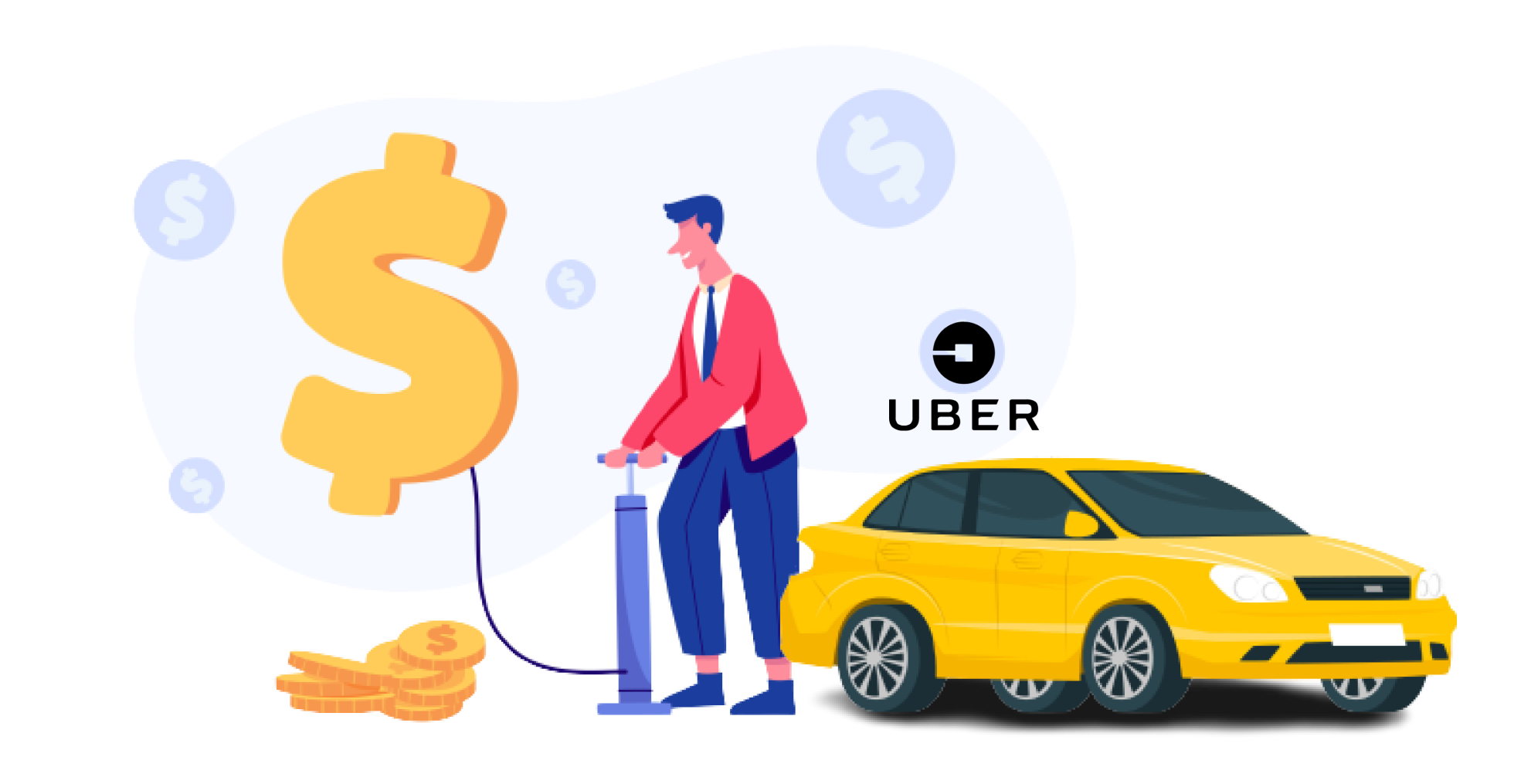
But that’s not all; Uber covers several segments and offers its customers a wide range of services. For instance, if you’re looking for a premium ride, you can opt for Uber Black, which offers a luxury car service. On the other hand, if you’re looking for an affordable ride-sharing option, you can choose UberX. And if you’re looking to save even more, you can choose UberPool, which allows you to share your ride with other riders heading in the same direction.
In addition to ride-sharing, Uber is also betting on other segments to expand its revenue streams. For instance, Uber Eats offers a food delivery service, while its autonomous driving initiative explores the future of self-driving cars. The company is also investing in electric scooters, poised to revolutionize urban transportation.
As you can see, Uber’s revenue model is diverse and adaptable, which is one of the key reasons for its continued success. As the company expands into new segments and continues to explore new opportunities, it’s exciting to see how its revenue model will evolve in the years to come.
For the future, Uber is betting on a few potential revenue streams:
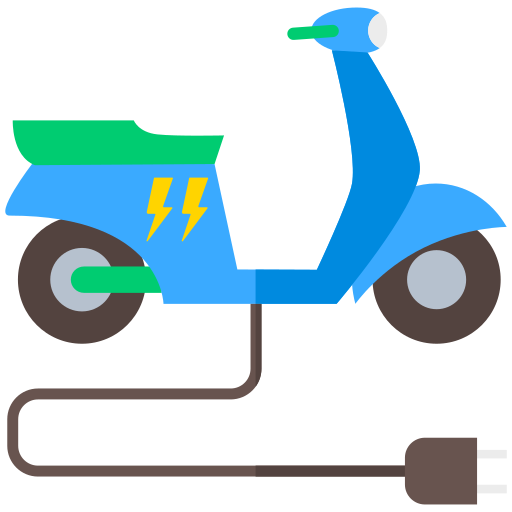

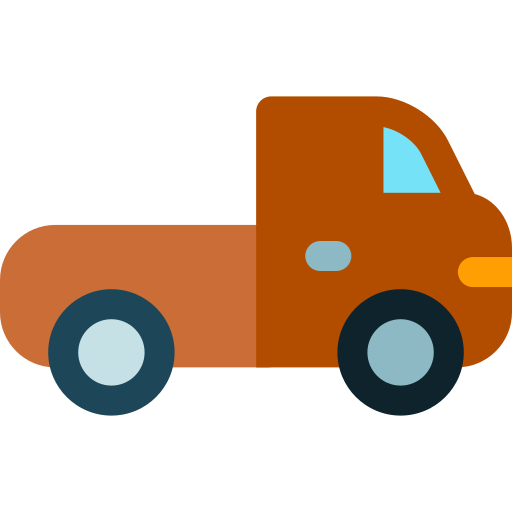
The future of Uber’s business model and the ride-sharing industry is uncertain, but it’s clear that both will continue to evolve and change. Uber will remain a key player in the ride-sharing industry for years by staying ahead of the curve and adapting to changing market conditions. For all stakeholders in the industry, it’s important to stay informed about the latest developments and be prepared to adapt accordingly.
Leave a Reply